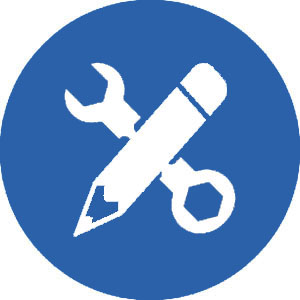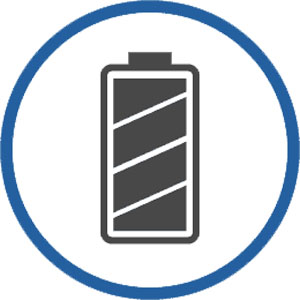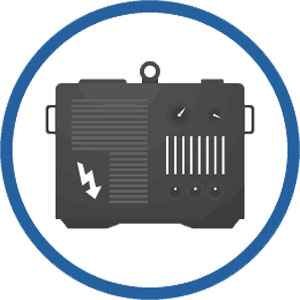Power cuts biggest cause of business disruption in the UK
Tom Sperrey, Managing Director of UPS Systems plc: According to Sungard Availability Services, power cuts were the single biggest cause of business disruption in 2011, with incidents in 2011 rising by 10% from the previous year. These results, represented in the table below, strongly indicate that the office workplace remains at most risk of power cut induced downtime, accounting for 80% of disruptions. Meanwhile, technology failure problems dropped by 25%, possibly due to the fact that most organisations now deploy virtualised and cloud solutions alongside physical recovery. According to Keith Tilley, Managing Director of UK&I and executive vice president Europe for SunGard Availability Services. The lack of improvement in the prevention of communication disruptions and the significant rise of power failure. A disproportionate 90% of them occurring in London supports the argument that organisations are still not addressing some aspects of business continuity seriously enough. Essentially, our grid power is becoming less reliable especially in London, and businesses are not taking enough measures to protect themselves from power cuts and other sources of power failure.
Why is grid power becoming less reliable?
Demand for electricity is unlikely to diminish for as long as the population continues to grow. This means that each year, greater demand is put on the energy grid and sometimes it cant cope. Parliament reports indicate that buildings across England and Wales have experienced approximately 4.9 million planned and 96 million unplanned power interruptions over the past 5 years. The Olympics are being held in London this year, which will further increase the strain on the energy grid. Keith Tilley notes that: 2012 will be a particularly difficult year for businesses as the Olympic Games will bring a huge influx of people into the capital. The resulting demand on the power grid and communication networks could have a potentially damaging impact across the UK, especially for those organisations that aren't prepared.
The cost of power cuts and business downtime
According to estimates, a single hour of downtime costs a small business an average of £800 and a large commercial organisation £8,500. These estimates are not inclusive of costs incurred by damaged IT equipment (an occasional side-effect of power cuts). The effects of a power cut on businesses can include:
- Missed deadlines
- Lack of customer communication via phone or email
- Loss of unsaved data on PCs
- Damage to sensitive IT equipment
- No access to e-commerce websites
- Interrupted (sometimes scrapped) production runs
While businesses have taken measures to guard against hardware failure, it seems that many businesses are still vulnerable to unplanned power cuts. To minimise downtime costs, businesses should have a standby power system in place so that when the power goes off an uninterruptible power supply(UPS) kicks in, possibly with a diesel generator to support over a longer term, keeping them online and open for business.


























